The Bank of England Museum
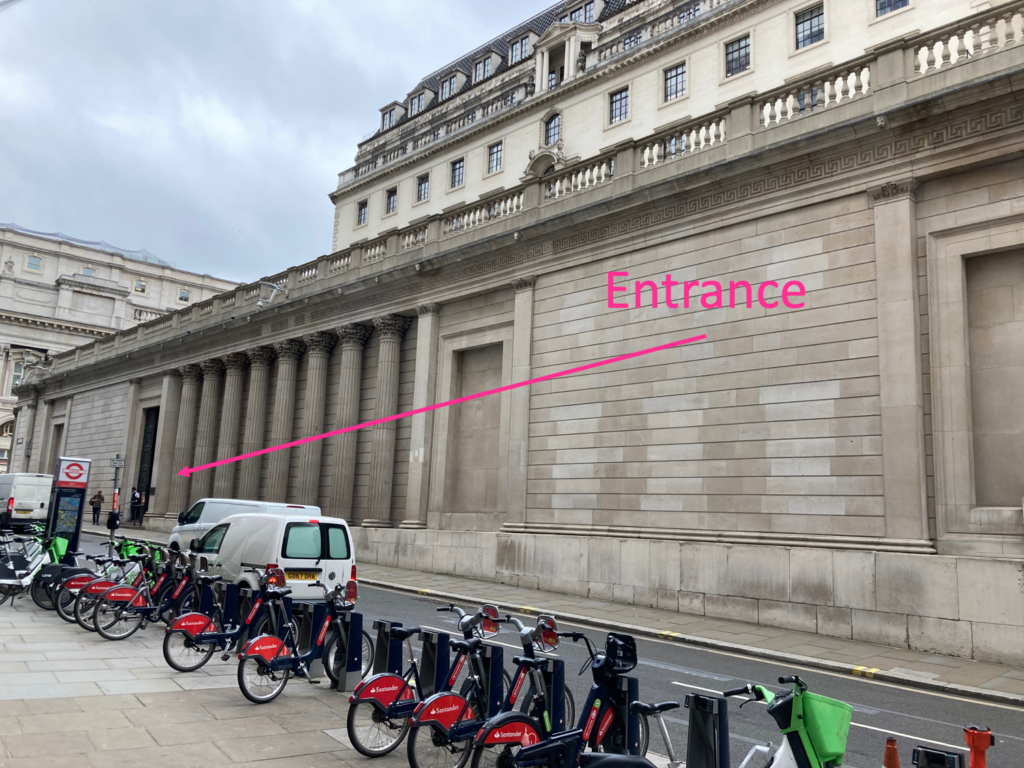
I have been to the Bank of England Museum several times and highly recommend it. It provides a good overview of the Bank’s history, contains interactive content, and has special exhibitions. Situated in the basement of the Bank (and therefore very close to the eponymous underground station) it’s open on every weekday and even opens late every third Thursday. The best part: it is totally free!
My most recent visit was in June 2024.
I started by looking at early examples of currency. Gold coins originate from c7th bc in Lydia (now in modern Turkey) and here is my photo of one of the first: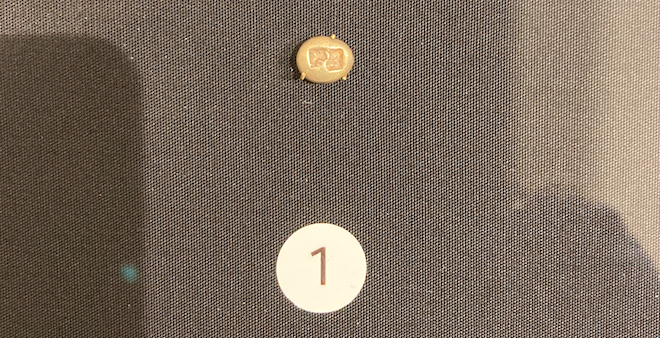
The museum has a section on the historic non monetary uses of gold. Here is a photo of a gold-plated visor from a metal workers helmet:
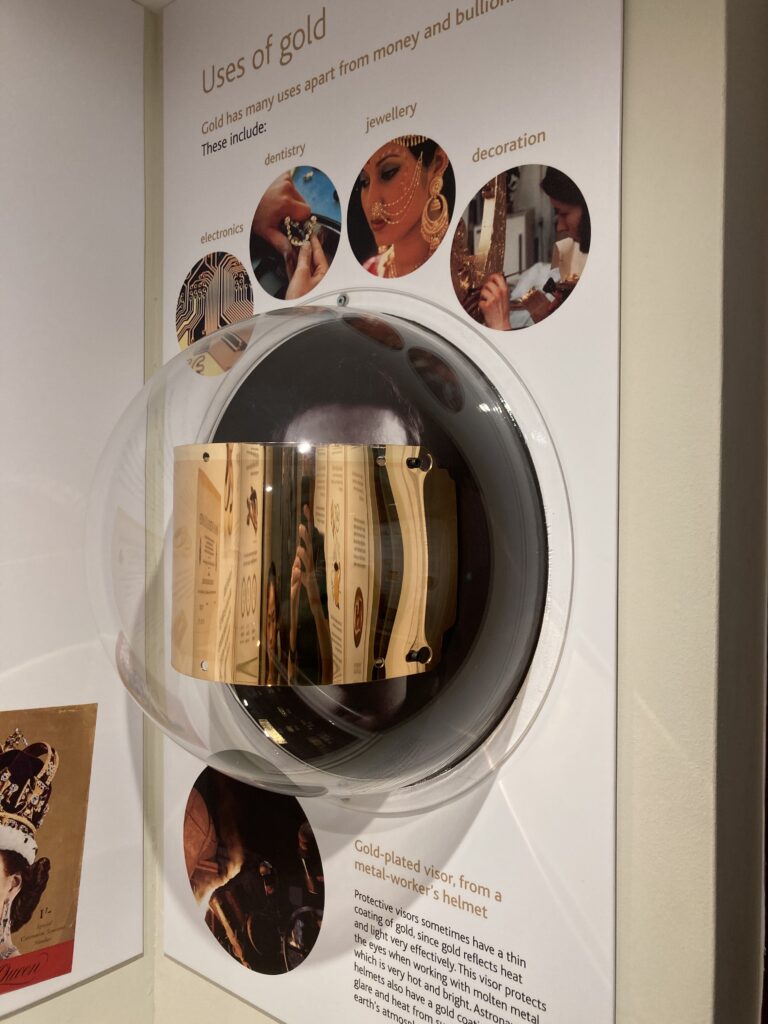
The bank’s notes originate from 1743 and the most popular types served as a type of payable receipt, that would enable the holder to redeem coin deposits. Here are some examples of early bank notes:
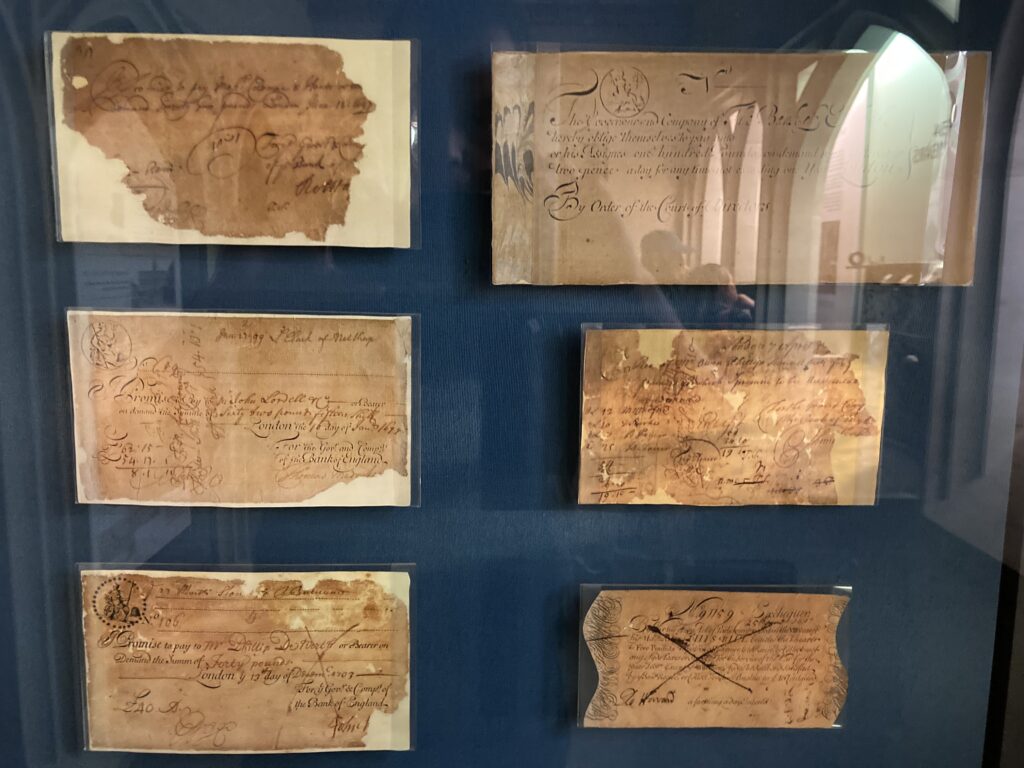 Notice how some are torn in the bottom corner. As this page explains, this shows that the balance has been paid.
Notice how some are torn in the bottom corner. As this page explains, this shows that the balance has been paid.
I was very pleased to see a section marking the history of women at the bank. The first female employees started in 1894, and the bank was one of the first institutions in the City to employ them.
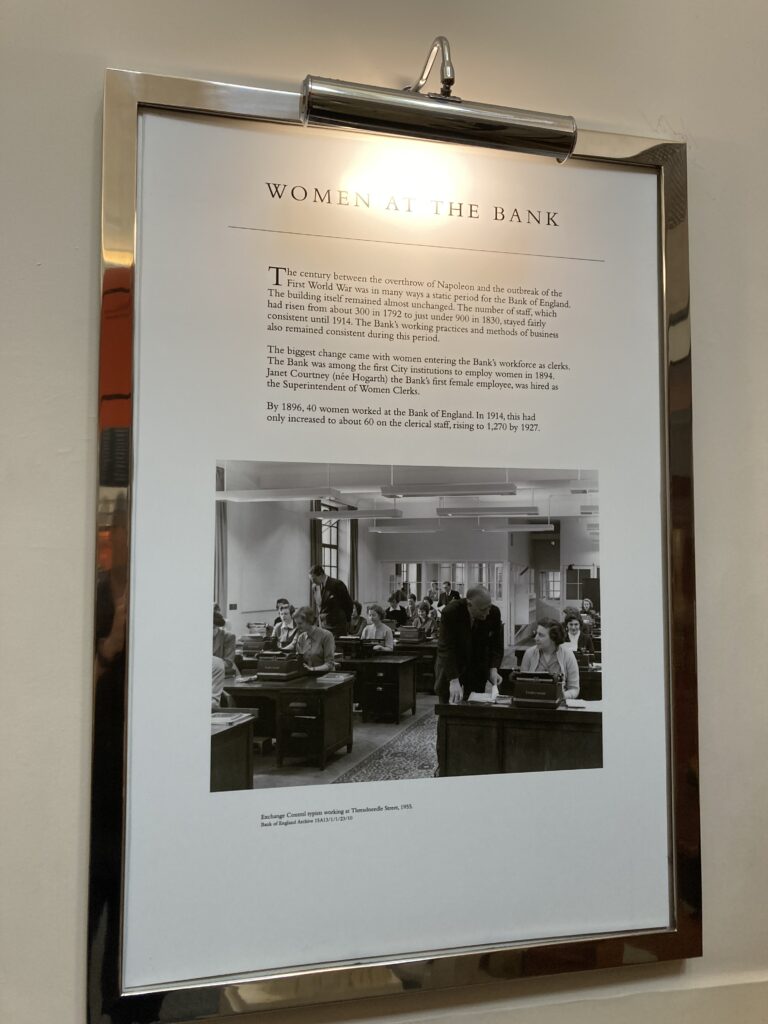
My favourite part of the museum is the attempt to explain how monetary policy works. This machine gives visitors the chance to play the role of the Monetary Policy Committee (MPC) and move interest rates up or down depending on how close inflation is to the target.

As you can see, I wasn’t very good!
But I did get it in the end!

While I was visiting there was a special exhibit on slavery and the bank. Over a 300 year period the global slave trade took over 12 million Africans from their homes, and this map reveals the scale.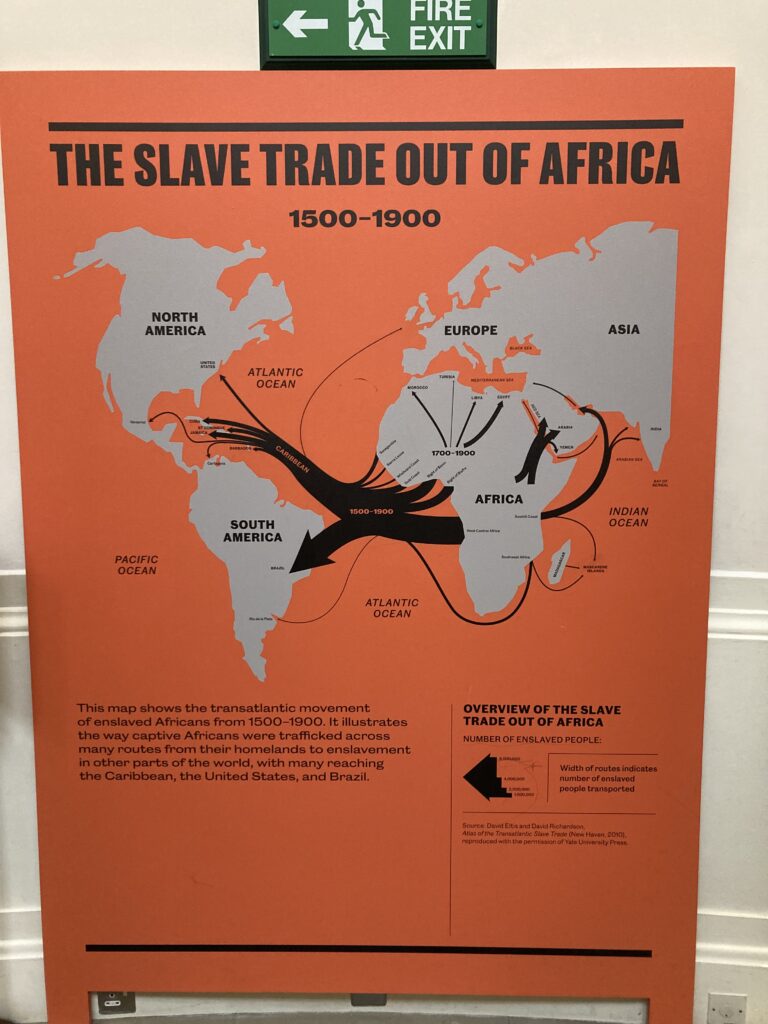
I didn’t learn much about the banks role, but I was encouraged to reflect:
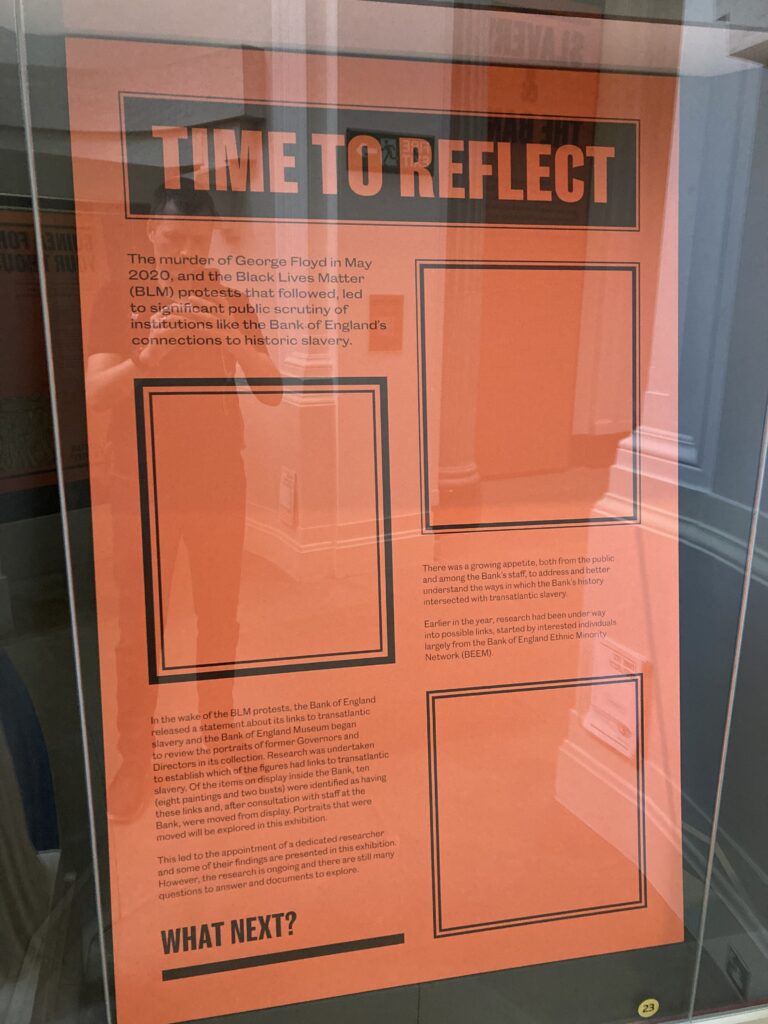
I hope you enjoyed my tour as much as I did. Please consider visiting the museum for yourself!

You can take a short quiz to test your knowledge here: